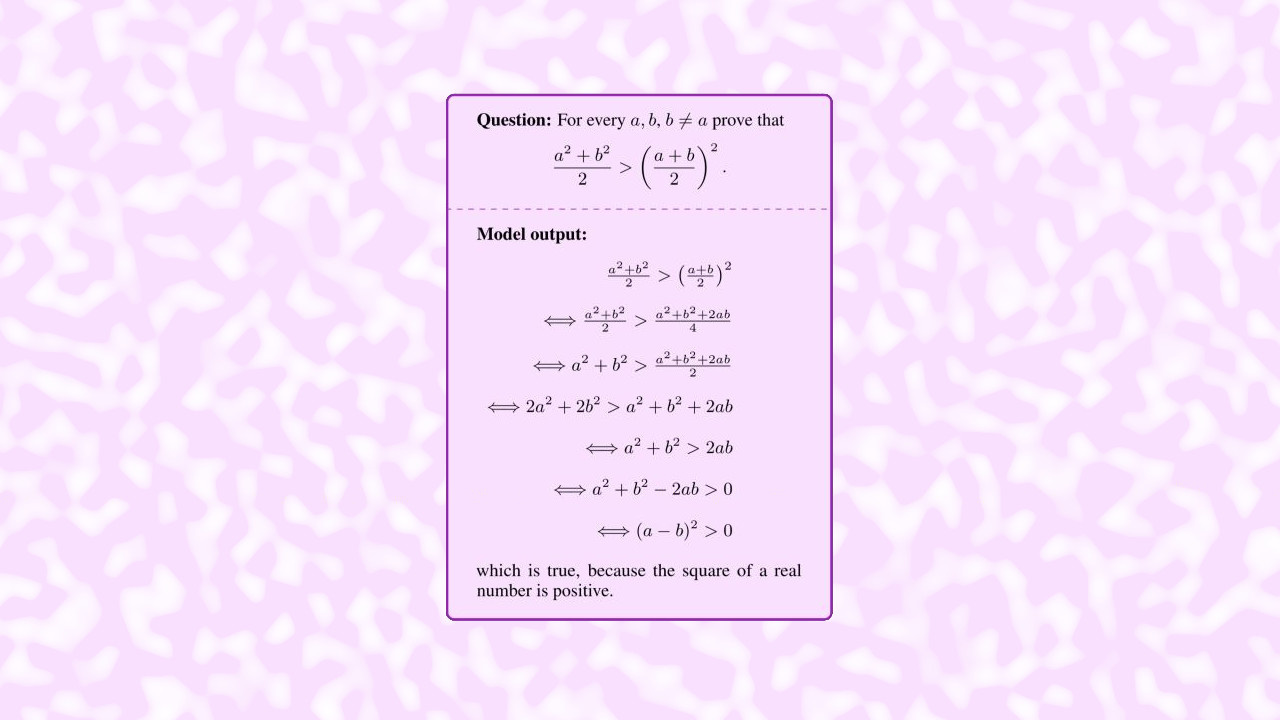But It Was Implied

The occupations of my LinkedIn contacts are relatively diverse so I get varied array of content in my feed. Someone made a post about a software app that included the above math problem. Many of the replies were quick to chime in with how amazing that was, but one astute person argued that the proof was incorrect. The rebuttals were quick, and their argument was that it worked for a certain subset of numbers specifically real numbers. The original dissenter was correct. The offered proof is faulty. The solution to the problem imposed a condition that contradicts the original problem statement. The original problem statement included the phrase "for every".
You might be wondering why this is worthy of a blog post. This math problem demonstrates the danger of implied problem interpretations, better known as assumptions. We've all heard and read the stories of software teams that were assembled and aggressively worked to deliver an app by the deadline only for the recipient to reply with that's not what I wanted. In addition, interpretations such as this lead this lead to bugs or even worse to security vulnerabilities.
This is a risk if your teams are accepting and working Jira issues (or whatever you happen to use) without clear problem descriptions and acceptance criteria. Every user story and task needs a clear description and acceptance criteria. Save yourself the headaches and avoid rework. Get all of the assumptions clarified before work starts.
For those that are wondering, the proof breaks for values of a and b involving i. For example, the proof fails for a=i and b=0. The left side evaluates to -0.5 and the right to -0.25, which clearly invalidates the proof.
